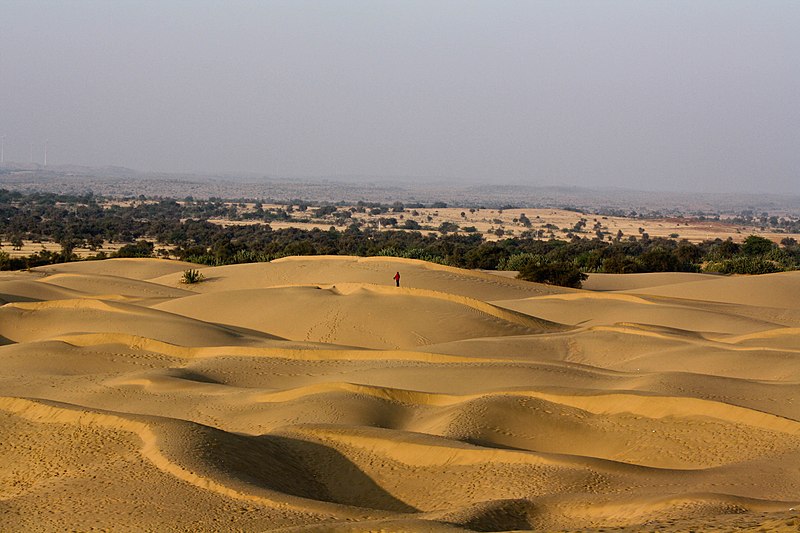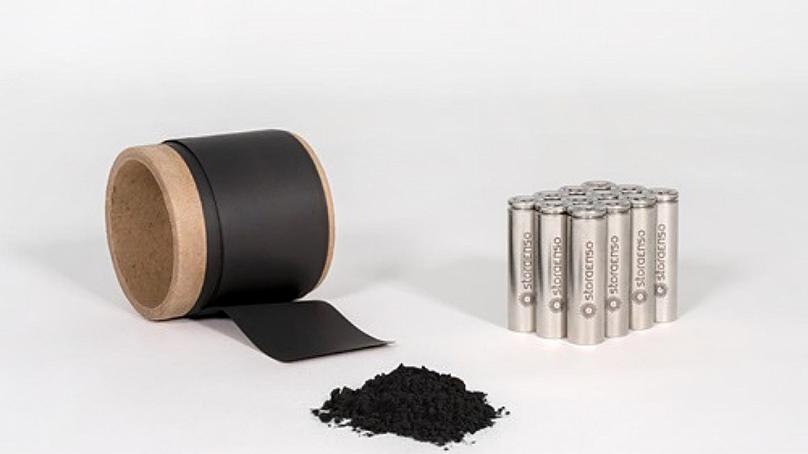February 11 NEC Energy News
¶ “Rajasthan Signs Pacts For Over 90 GW Of Renewable Energy Projects ” • State-owned power producers THDC India, NTPC, NHPC, and SJVN committed to building 10 GW of renewable energy capacity each. Among private firms, Reliance plans 20 GW, and Axis Energy Group plans 28 GW of solar projects and a 4-GW solar PV factory. [pv magazine India]

¶ “TVA Unveils Major New Nuclear Program, First SMR At Clinch River Site” • The Tennessee Valley Authority will invest in a major program that will explore the construction of multiple advanced nuclear reactors. The utility will be starting with a GE-Hitachi BWRX-300 small modular reactor at its Clinch River site in Tennessee. [POWER Magazine]
¶ “Australia Lists Koala As Endangered Species” • Australia listed the koala as an endangered species across most of its east coast, after a dramatic decline in numbers with rapidly diminishing habitats and climate change. The federal government said the listing was for Queensland, New South Wales, and the Australian Capital Territory. [BBC]
¶ “Wooden Batteries Are Hitting The Market – Is This The Future Of Clean Energy?” • Finnish designers Stora Enso have built a production facility costing €10 million that will create renewable bio-based carbon by turning trees into batteries. This will be done with lignin, which is commonly derived from wood but is abundant in all vascular plants. [Euronews]

¶ “Gas Crunch Causes Electricity Crisis Despite Record Cheap Clean Energy. Time To Create A Green Energy Pool?” • In the UK and similar nations, the gas crisis is pushing up electricity prices because the wholesale electricity market uses the most expensive power to set the price. Renewables keep getting cheaper, and it’s time to change that old model. [Energy Post]
¶ “Concentrating Solar Power Research Heats Up At NREL” • Concentrating solar power has long held promise as a renewable energy technology. CSP uses the power of the sun by heating and storing an inexpensive medium such as sand, rocks, or molten salt for on-demand energy. The National Renewable Energy Laboratory is researching it. [CleanTechnica]
For more news, please visit geoharvey – Daily News about Energy and Climate Change.
